Protect Your Trail
Advocacy
Whether on the footpath itself or on Capitol Hill, obstacles arise every day that threaten the Appalachian Trail. We’re here to protect it. Learn how the ATC stands up for the Trail and its surrounding landscape — and how you can help.
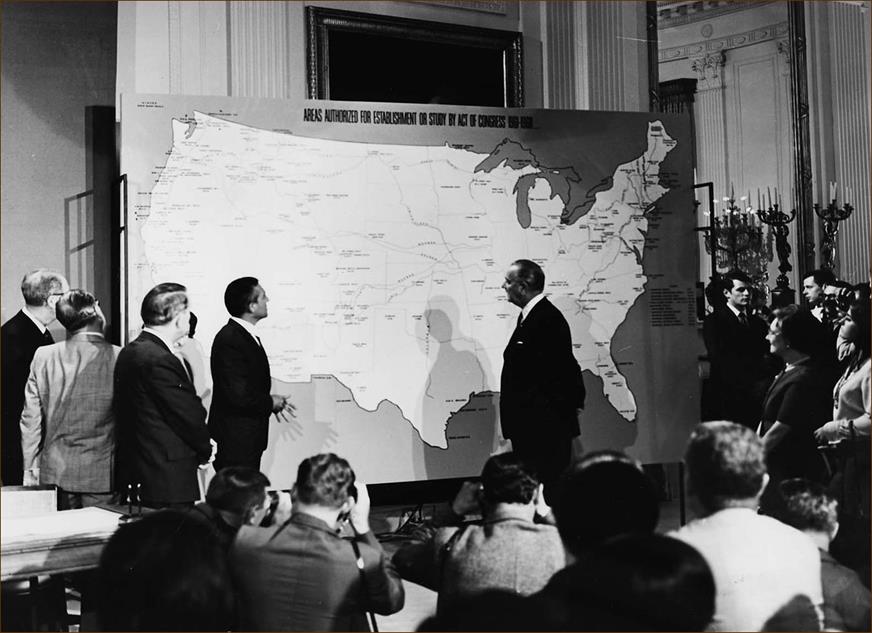
Protecting the A.T. Experience
The Appalachian National Scenic Trail (A.T.) is unique: both a location and a destination, it connects 14 States and millions of local residents, visitors, and volunteers, are all of whom are essential to maintaining the Trail and the Wild East. Every person who makes it onto the Trail, either for a weekend or a lifetime, has a different experience. ATC is committed to preserving the Trail, strengthening our local communities, and conserving the A.T. landscape.
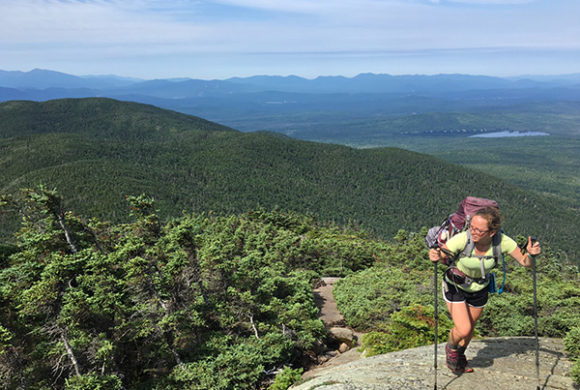
Standing Up for the Trail
Advocating for the Clean Water Act
A recent ruling on the Clean Water Act will help protect the rivers, streams, and views of the Appalachian Mountains and across the United States by restoring power to states and tribes as they review permitting requests.
Read More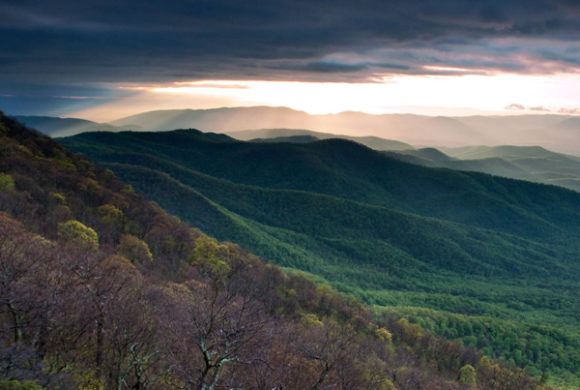
Supporting Our Public Lands
The Great American Outdoors Act
Signed into law on Aug. 4, 2020, thanks to your support, the Great American Outdoors Act includes permanent, full funding for the Land and Water Conservation Fund (LWCF) and billions in funding for all federal land management agencies.
Read MorePublic Lands Maintenance and Management
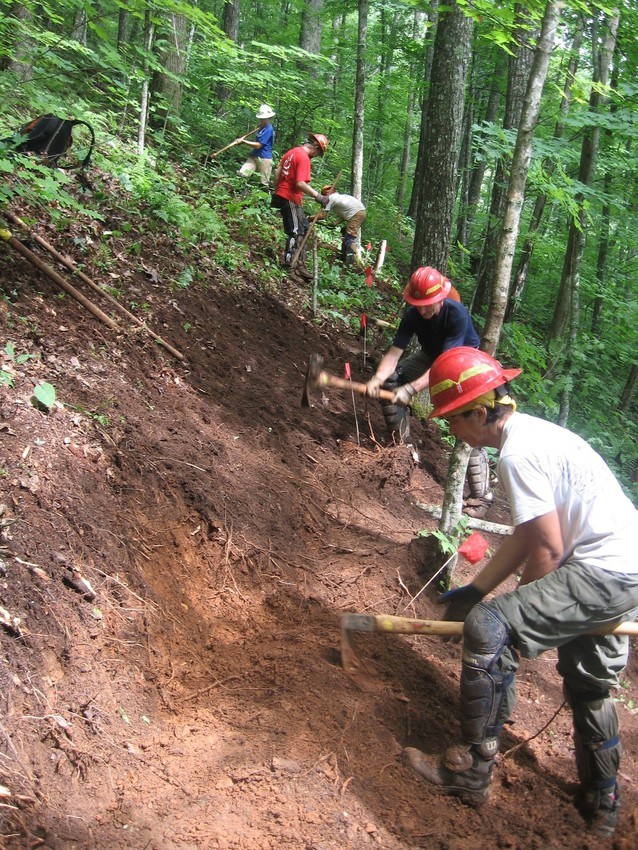 ATC’s first and foremost responsibility is to ensure the proper management and maintenance of the Appalachian National Scenic Trail, which is possible only with the critical involvement of the Trail’s 31 maintaining clubs and 6,000 volunteers. The National Trail System Act, which established the A.T. as a national park, enabled the Secretary of the Interior to empower non-governmental organizations to oversee the Trail. It’s our experience in the nearly 100 years since the Trail was first envisioned and our more than 50 years since the Trails Act was passed that gives us our unique experience in public lands maintenance and management.
ATC’s first and foremost responsibility is to ensure the proper management and maintenance of the Appalachian National Scenic Trail, which is possible only with the critical involvement of the Trail’s 31 maintaining clubs and 6,000 volunteers. The National Trail System Act, which established the A.T. as a national park, enabled the Secretary of the Interior to empower non-governmental organizations to oversee the Trail. It’s our experience in the nearly 100 years since the Trail was first envisioned and our more than 50 years since the Trails Act was passed that gives us our unique experience in public lands maintenance and management.
The Trail’s 6,000 volunteers, 31 maintaining clubs, and ATC are directly responsible for taking care of the Trail—when we advocate for policies relating to access, care, and funding for public lands, we base our decisions on our personal experience. Our Trail’s maintenance doesn’t just impact our 2,192 miles from Georgia to Maine, either. The A.T. runs through 7 National Forests (~40% of the Trail), 7 other National Park units (~40% of the Trail), 1 U.S. Wildlife Refuge, and State-administered public lands in nearly every State it crosses through (~20% of the Trail). We see every day how broader public lands management decisions impact different sections of the Trail, communities along it, and the ability of people to hike it.
Promoting Rural Economic Development
The A.T. was envisioned as an escape from civilization, a place where the increasing encroachment of the modern world was stopped and the Wild East™ was allowed to thrive. ATC champions the A.T. as a place to immerse oneself in nature while recognizing that 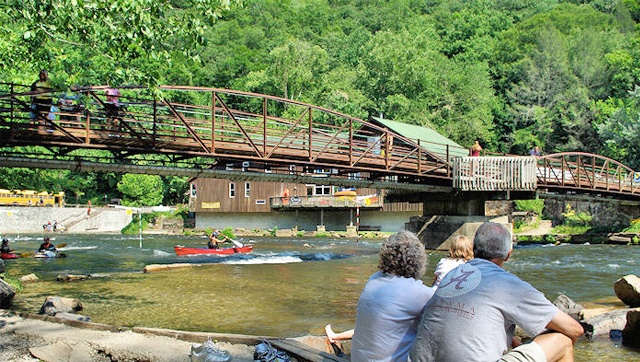 without the villages, towns, and cities that dot the Trail from the Southern Appalachians through the White Mountains, the Trail wouldn’t have the strong volunteer base it relies on or the communities many of its most dedicated users call home. For the Trail to succeed, the localities along it must succeed as well.
without the villages, towns, and cities that dot the Trail from the Southern Appalachians through the White Mountains, the Trail wouldn’t have the strong volunteer base it relies on or the communities many of its most dedicated users call home. For the Trail to succeed, the localities along it must succeed as well.
Through our A.T. Communities™ program, ATC works with the denizens of the A.T. Landscape to promote locally driven and organized tourism. Encouraging local economic development by promoting outdoor recreation, access to the Trail, and local amenities for Trail users is essential to helping local partners engage in a dynamic market while preserving the special cultural resources available only off the A.T. We also work on the federal level to ensure that the towns that many of us call home get the attention and resources they need to stay competitive.
Protecting the A.T. Landscape
Part of what makes the Wild East™ such an incredible place is the ability to stand on the top of Roan Mountain, McAfee Knob, or Mount Katahdin and know that the A.T. is the backbone of the largest continuous stretch of public land east of the Mississippi River. There are three degrees in managing the A.T.: maintaining the footpath; maintaining the currently protected lands surrounding the Trail (the Trail Corridor); and conserving the Landscape (broadly, what you can see from the top of the ridge).
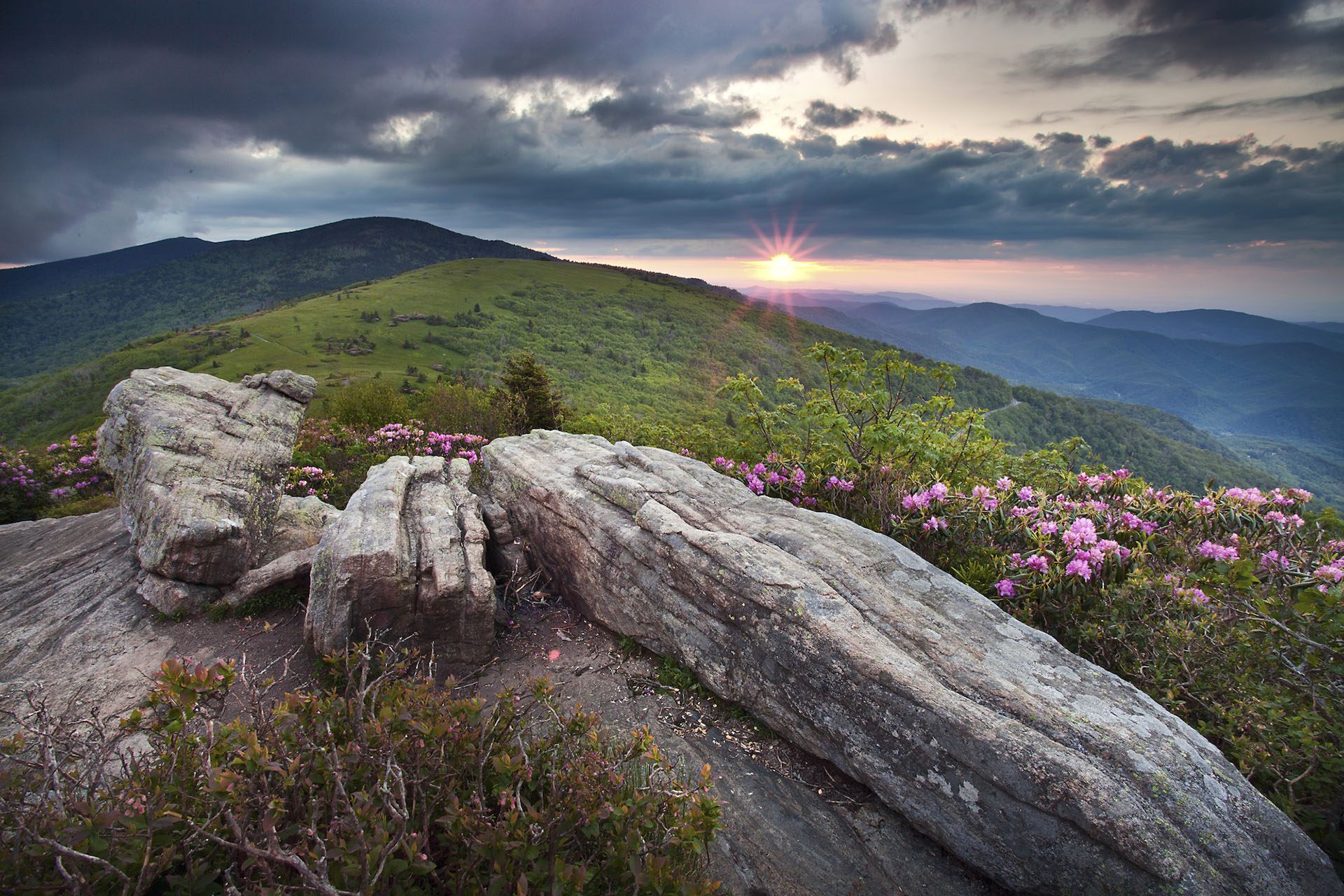
While the entirety of the Trail is protected, not all of what we see from those peaks is safe from development, encroachment, or injury. In order to continue to preserve the Wild East™ and make sure that outdoor recreation, wildlife habitat, and local resources are conserved, ATC advocates on the federal level for legislation and programming to preserve the Landscape. Helping local partners advocate for shared conservation goals as well as fighting to make sure A.T. Communities™ and our neighbors can meaningfully participate in decisions impacting the Trail, Corridor, and Landscape, is foundational to our advocacy philosophy.
Public Participation in Infrastructure Development
 When our founder Benton MacKaye envisioned the Trail almost 100 years ago, he intended a Wild East preserved forever, for all. Neither he nor the hundreds of volunteers who worked feverishly to connect the Trail’s termini could have known then the incredible technological changes that America would undergo, or would the current energy infrastructure siting and construction processes Trail advocates must now navigate. The history of the Trail has many lessons of how insufficient public participation in decision-making has led to undesirable outcomes for the Trail and our communities.
When our founder Benton MacKaye envisioned the Trail almost 100 years ago, he intended a Wild East preserved forever, for all. Neither he nor the hundreds of volunteers who worked feverishly to connect the Trail’s termini could have known then the incredible technological changes that America would undergo, or would the current energy infrastructure siting and construction processes Trail advocates must now navigate. The history of the Trail has many lessons of how insufficient public participation in decision-making has led to undesirable outcomes for the Trail and our communities.
Because of our history and our commitment to preserving the Wild East, ATC strongly believes that public participation in major infrastructure decisions is critical to ensuring that the most public good is delivered. For governmental entities like the Federal Energy Regulatory Commission (FERC), their experience is often with the technical and engineering aspects of a project, and not to the impact on natural, cultural, or community resources. That’s why ATC has worked with A.T. champions to secure the introduction of legislation H.R. 173, the Pipeline Fairness and Transparency Act, H.R. 7878, the Scenic Trails Viewshed Protection Act, and S. 4502, the Pipeline Fairness, Transparency, and Responsible Development Act. These bills recognize the damage that can be done to our public trust resources when haphazard development stands to compromise the values for which Congress established National Scenic Trails.
Fighting to protect the vulnerable A.T. Corridor and Landscape means more than thinking solely about the Trail. It’s essential that the concerns of our local communities are factored into development, and that infrastructure isn’t built simply because an application is submitted to an agency for approval. That’s why ATC is extremely excited about Congress requiring the Federal Energy Regulatory Commission to establish an Office of Public Participation, which was required by legislation that ATC supported. This office should be a force for making sure that communities and individuals who may be impacted by major infrastructure have the means and opportunity to meaningfully engage. See ATC’s letter to FERC on what the office should do.
We look forward to continuing to work with A.T. Caucus members to establish a fairer overall system for developing energy infrastructure.
Land and Water Conservation Fund
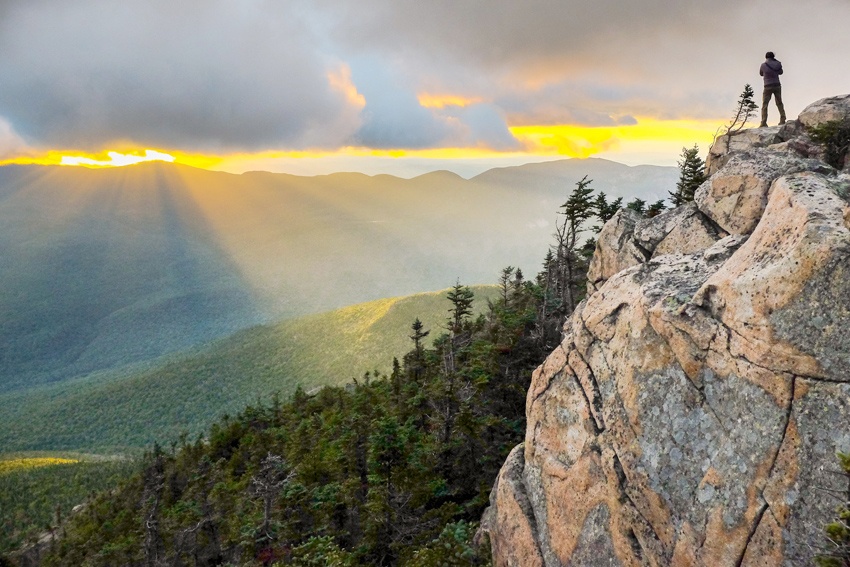 We have advocated for dedicated funding for the Land and Water Conservation Fund (LWCF) since 1972. Through our advocacy efforts and partnerships with the U.S. Forest Service, the National Park Service and multiple State agencies, more than $180 million dollars has been appropriated to secure a land base for the A.T. and to protect landscapes near the Trail. The LWCF is a key tool for State and federal land management agencies to protect important plant and animal habitat, enact land exchanges (such as trading out privately owned properties located within protected lands), and preserving the viewshed from the Trail.
We have advocated for dedicated funding for the Land and Water Conservation Fund (LWCF) since 1972. Through our advocacy efforts and partnerships with the U.S. Forest Service, the National Park Service and multiple State agencies, more than $180 million dollars has been appropriated to secure a land base for the A.T. and to protect landscapes near the Trail. The LWCF is a key tool for State and federal land management agencies to protect important plant and animal habitat, enact land exchanges (such as trading out privately owned properties located within protected lands), and preserving the viewshed from the Trail.
Since the enactment of the National Trails System Act, LWCF dollars have been used to protect every parcel that comprises the ANST, thousands of transactions across the National Park Service, USDA Forest Service, U.S Fish and Wildlife Service, and our 14 states. Two recent laws delivered huge wins for the program. Enacted on March 12, 2019, the John D. Dingell, Jr. Conservation, Recreation, and Management Act of 2019 permanently reauthorized LWCF, meaning it will never automatically expire again! Then, on August 4, 2020, the Great American Outdoors Act was signed into law, fully and permanently funding this critical land protection tool. ATC is grateful to the hard work of everyone who contributed to strengthening LWCF for future generations through these two victories.





